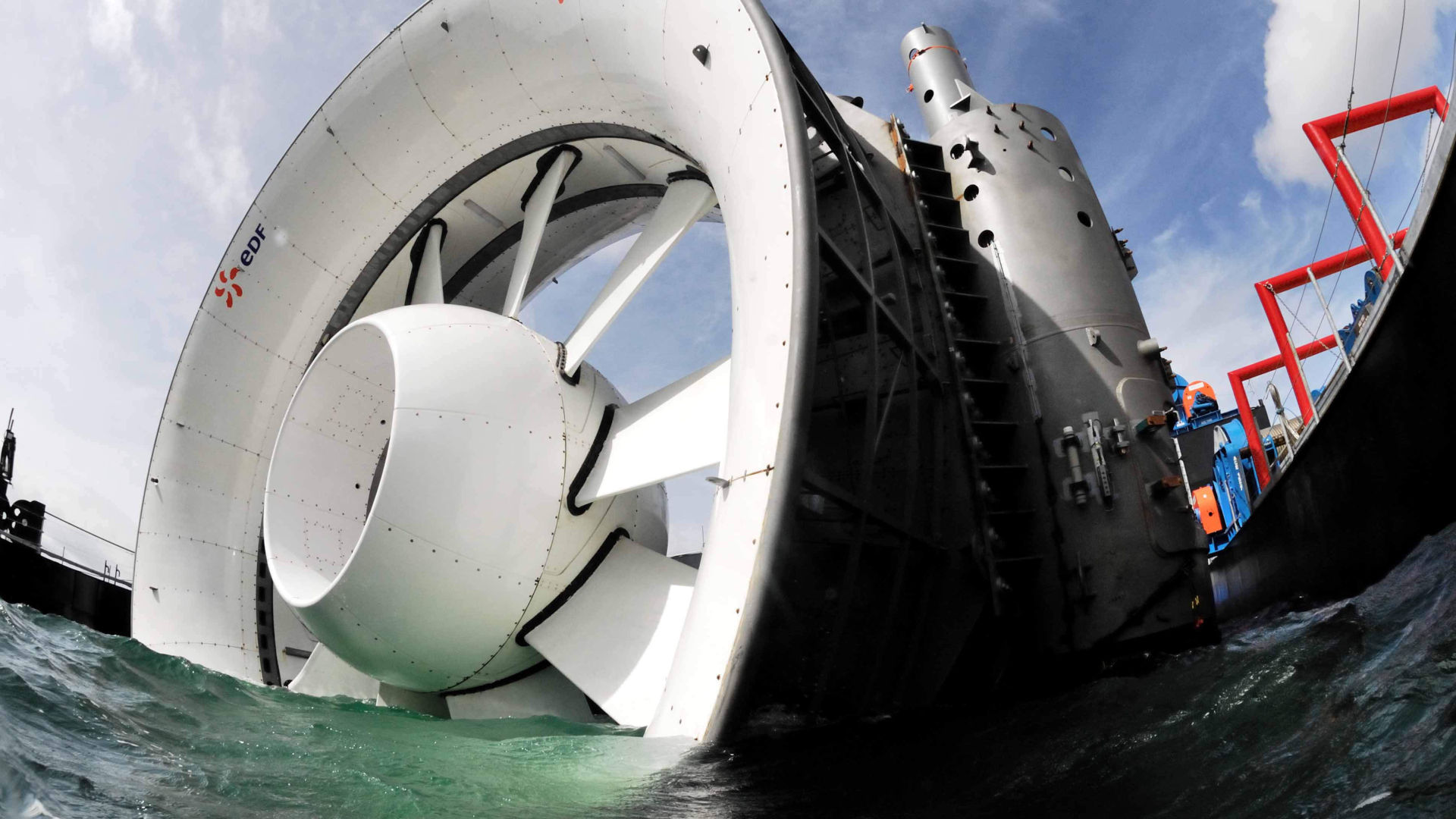Tidal energy is generated under the influence of the sun and the moon. The energy potential of the ocean is regularly renewed and practically inexhaustible, so it is very valuable. The usage of existing stations has proven that they do not cause any significant damage to the ocean’s inhabitants. The development of the future plants is carried out taking into account their impact on the ecology.
Tidal power plants
The type of hydroelectric power plants that are run by the tidal energy are called tidal power plants. It is based on the processes of the sun’s and the moon’s gravity change. This method of electricity generation was considered experimental, so it is not widespread enough. However, the situation has recently changed and several power plants of this type have been built.
There are four types of such hydroelectric power plants:
- Based on high and low tide. The function of these power plants is based on the systemic passage of water through the turbines during ebb and flow.
- Lagoon. The principle is similar to the previous type of power plants. But they have a specially equipped water reservoir, which receives water at low tide.
- Dynamic. Energy is generated by the principle of the first station type – by lowering the water level.
- Tidal stream generators. They have a design similar to wind turbines, and the functioning is identical to that of hydroelectric power plants. By changing the water level, which causes the blades to rotate, energy is generated.
Installation of tidal stations causes little or no damage to the ecology and the marine life.

The principle of functioning and structure of the wave power plant
A power plant installed in an aquatic natural environment for the purpose of generating electricity from the kinetic energy of water is called a wave power plant.
Types of stations:
- “Oscillating water column”. In this station waves fill the chambers in which air is compressed, thus creating pressure of an excessive nature. Subsequently, it enters the turbine, provoking the rotation of the blades through the generator. As a result, electricity is generated.
- The “oscillating body”. The device has several sections. There are moving platforms, between them there are mounted pistons, a hydraulic motor is connected to them, and it drives an electric generator.
- With an “artificial atoll”. It is a structure made of concrete with a special platform, on which the waves roll. The water accumulates in a certain tank and flows to the hydro-turbine.
Power generation in wave stations is carried out through the impact of waves on the working elements. Mechanical energy is transformed into electrical energy through generators. As the buoy rocks on the waves, the water level inside it changes, which causes air to enter and exit through the hole at the top, where a turbine that rotates in one direction is installed.

